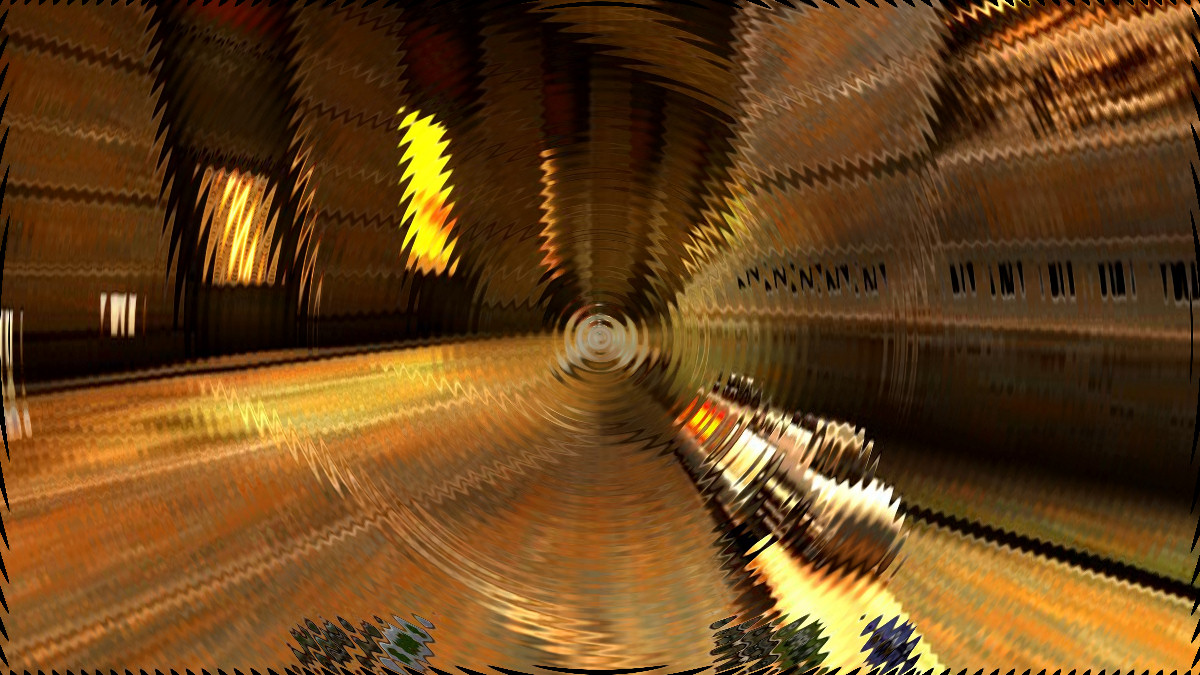Technology
Carmack defends AI tools after Quake fan calls Microsoft AI demo “disgusting
- byadmin
- April 9, 2025
- 0 comment
- 1 minute read
- 4330 Views
On Monday, John Carmack, co-creator of id Software's Quake franchise, defended Microsoft's recent AI-generated Quake II demo against criticism from a fan about the technology's impact on industry jobs, calling it "impressive research work."
Last Friday, Microsoft released a new playable tech demo of a generative AI game engine called WHAMM (World and Human Action MaskGIT Model) that generates each simulated frame of Quake II in real time using an AI world model instead of traditional game engine techniques. However, Microsoft is up front about the limitations: "We do not intend for this to fully replicate the actual experience of playing the original Quake II game," the researchers wrote on the project's announcement page.
Carmack's comments came after an X user with the handle "Quake Dad" called the new demo "disgusting" and claimed it "spits on the work of every developer everywhere." The critic expressed concern that such technology would eliminate jobs in an industry already facing layoffs, writing: "A fully generative game cuts out the number of jobs necessary for such a project which in turn makes it harder for devs to get jobs."
A screenshot of the generative Quake II experience website.
A screenshot of the generative Quake II experience website. Credit: Microsoft
Carmack responded directly to these concerns in a lengthy post. "I think you are misunderstanding what this tech demo actually is," he wrote, before addressing the broader concern about "AI tooling trivializing the skillsets of programmers, artists, and designers." Carmack positioned AI as the latest in a long history of technological advancements that have transformed game development.
"My first games involved hand assembling machine code and turning graph paper characters into hex digits. Software progress has made that work as irrelevant as chariot wheel maintenance," Carmack explained. "Building power tools is central to all the progress in computers."
Tim Sweeney, CEO of Epic Games, joined the conversation with a similar perspective: "AI will ultimately be a powerful tool in the toolbox of every programmer, artist, and designer, just as high level languages, paint programs, and visual scripting were in previous eras."
Both industry veterans pushed back against the notion that AI tools would simply eliminate jobs rather than create new opportunities. Carmack acknowledged that, while eventually AI might generate complete games from simple prompts, "there will be far better exemplars of the medium still created by dedicated teams of passionate developers."
A limited fever dream
Microsoft's research team describes its WHAMM technology as "an early exploration of real-time generated gameplay experiences" with sizable limitations. The demo only recreates a small portion of Quake II and has persistent issues with enemy interactions, short-term memory, and numerical calculations. "Think of this as playing the model as opposed to playing the game," the researchers wrote.
The WHAMM system works by breaking down recorded gameplay footage into small pieces of data called tokens—essentially turning images and player actions into data the AI can understand. Using a transformer architecture similar to those found in text-generation models, WHAMM processes sequences of these image and action tokens to predict what the next frame should look like based on player input. This approach allows the system to generate new frames on demand rather than following traditional rendering rules.
Like previous generative game engines we've covered (such as a simulation of Doom), the generative Quake experience is surreal and dreamlike. Since Microsoft trained the AI model generating the interactive Quake II imagery on video footage of people playing the actual game, predictable things happen in predictable places. For example, every time you turn to look at a particular corridor, an enemy comes running around it, even if you "kill" the enemy—like a ghostly echo stuck in a loop. It repeats because it's the most likely thing that would happen in that area. And if you walk past explosive barrels and don't shoot them and turn around to look back, the barrels will be gone, since it's most likely a player would have already destroyed them at that point in the level.
The current generative Quake II demo represents a slight advancement from Microsoft's previous generative AI gaming model (confusingly titled "WHAM" with only one "M") we covered in February. That earlier model, while showing progress in generating interactive gameplay footage, operated at 300×180 resolution at 10 frames per second—far below practical modern gaming standards. The new WHAMM demonstration doubles the resolution to 640×360. However, both remain well below what gamers expect from a functional video game in almost every conceivable way. It truly is an AI tech demo.
A Microsoft diagram of the WHAMM system.
A Microsoft diagram of the WHAM system. Credit: Microsoft
For example, the technology faces substantial challenges beyond just performance metrics. Microsoft acknowledges several limitations, including poor enemy interactions, a short context length of just 0.9 seconds (meaning the system forgets objects outside its view), and unreliable numerical tracking for game elements like health values.
Which brings us to another point: A significant gap persists between the technology's marketing portrayal and its practical applications. While industry veterans like Carmack and Sweeney view AI as another tool in the development arsenal, demonstrations like the Quake II instance may create inflated expectations about AI's current capabilities for complete game generation.
The most realistic near-term application of generative AI technology remains as coding assistants and perhaps rapid prototyping tools for developers, rather than a drop-in replacement for traditional game development pipelines. The technology's current limitations suggest that human developers will remain essential for creating compelling, polished game experiences for now. But given the general pace of progress, that might be small comfort for those who worry about losing jobs to AI in the near-term.
Ultimately, Sweeney says not to worry: "There’s always a fear that automation will lead companies to make the same old products while employing fewer people to do it," Sweeney wrote in a follow-up post on X. "But competition will ultimately lead to companies producing the best work they’re capable of given the new tools, and that tends to mean more jobs."
And Carmack closed with this: "Will there be more or less game developer jobs? That is an open question. It could go the way of farming, where labor-saving technology allow a tiny fraction of the previous workforce to satisfy everyone, or it could be like social media, where creative entrepreneurship has flourished at many different scales. Regardless, “don’t use power tools because they take people’s jobs” is not a winning strategy.
Powered by Froala Editor




